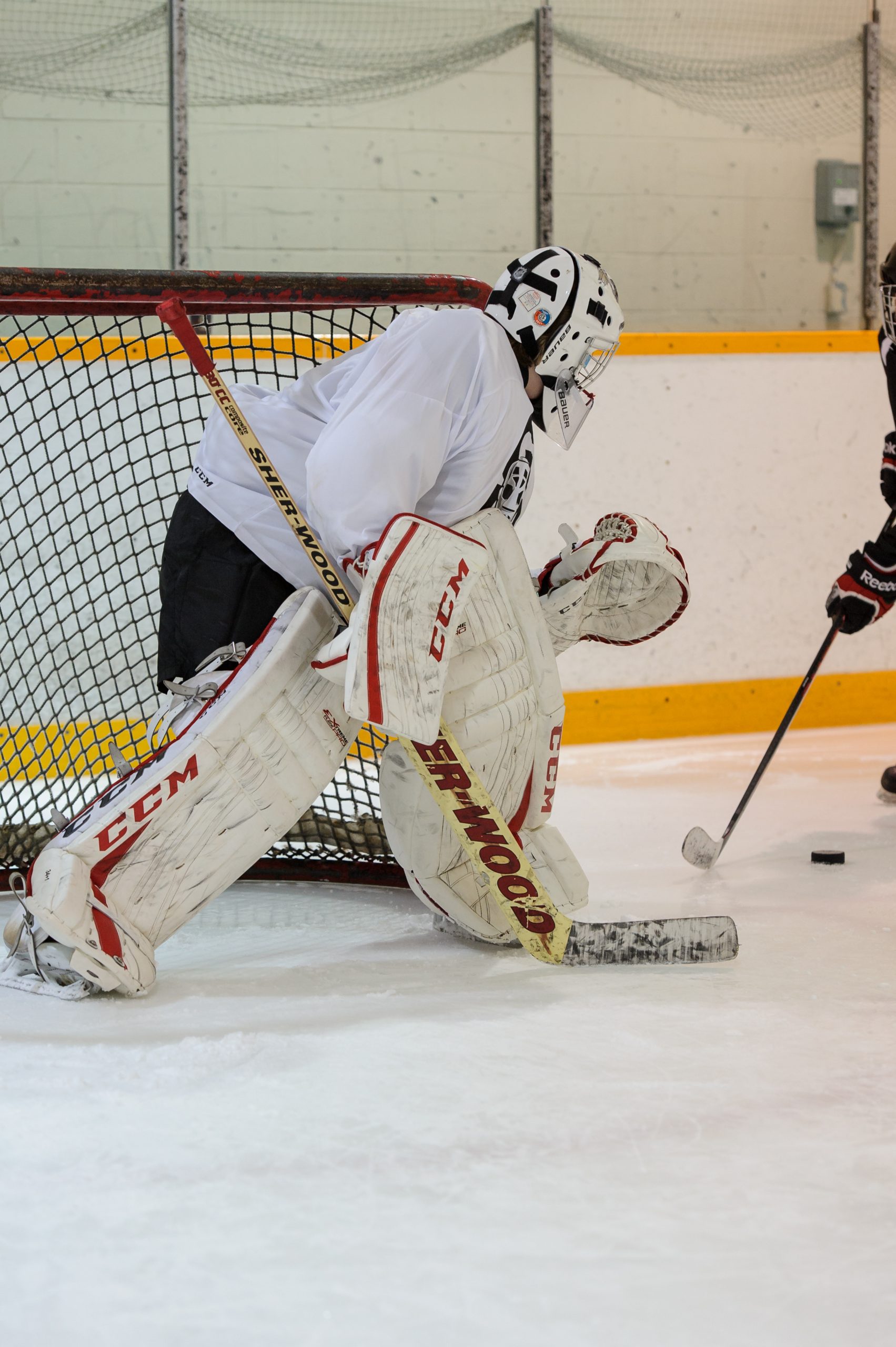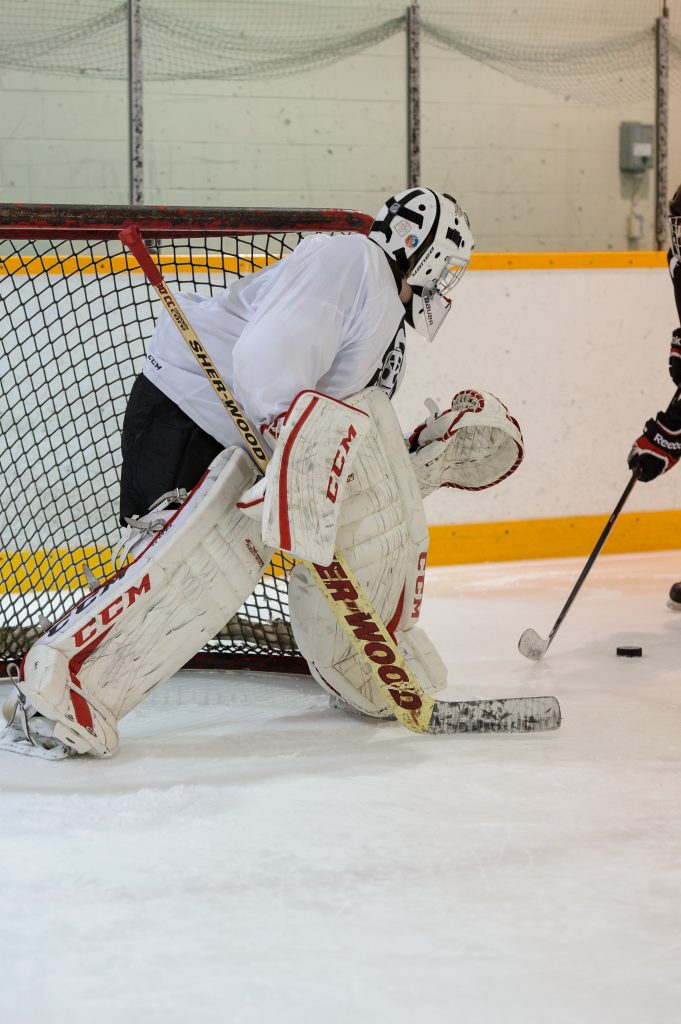
Goalie Training Tips: Wrap Arounds
Over the past few years, we’ve had a lot of conversations surrounding which technical application is best for students to apply when faced with a wrap around. During our goalie training sessions, we preach finding what works for each individual student, but is there a right or wrong way to stop a wrap around?
Timing
I always found that the most difficult part of facing a wrap around was timing. Timing of when to drop down to the ice, timing my arrival to the post when tracking the puck below the goal line, timing of when to cut off passes or be more aggressive with my stick, etc.
Timing is not only relative to what is going on with the puck below the goal line, but it is also directly linked to what is occurring above the goal line. Therefore, there’s a lot to consider for goaltenders.
But how does timing affect our overall ability to stop and control the flow of the game?
Control
Ensuring that our students are capable of controlling the flow of the game is essential so that they are keeping up with the speed of the puck even when it’s below the goal line. Neutralizing passing zones which cause goaltenders to move cross-crease help in this area so that they are limiting the amount of movement and lower the risk of falling behind in their positioning. This is why we actively emphasize the need to challenge passes from below the goal line with the stick (passes along the ice) and glove (saucer passes or flicks into front-of-the-net traffic) during our goalie training programs.
But some things are more difficult to control than others, such as rebounds in a wrap around situation.
Rebounds
Technical applications determine rebound paths. But every technical application has its faults (see our article on VH vs RVH which explains the techniques in much more detail). Therefore, we teach our students who attend our goalie training sessions to try multiple efficient techniques for wrap arounds in order to determine what works for them. Through this process, they may understand the reaction caused by every action they’ve applied, better preparing them for the next step of their movement when faced with these situations in a game.
But how does a goaltender control their rebounds when timing and control at the post position is more difficult?
One word: Engagement
Being Engaged
 Many goaltenders become too relaxed when the puck is below the goal line and in the corner, and unfortunately, this relaxed attitude results in poor timing due to a lack of engagement on the goaltender’s part. The goaltender’s poor timing then results in a lack of control of their rebounds when faced with a wrap around.
Many goaltenders become too relaxed when the puck is below the goal line and in the corner, and unfortunately, this relaxed attitude results in poor timing due to a lack of engagement on the goaltender’s part. The goaltender’s poor timing then results in a lack of control of their rebounds when faced with a wrap around.
During our goalie training sessions we emphasize the need to consistently be engaged even with the puck located below the goal line. Although there is no scoring threat from below the goal line, goaltenders need to understand that their ability to remain engaged when faced with these situations results in whether they are able to control the first shot, while timing their ability to keep up with tracking rebounds.
During our goalie training sessions, we preach that patience is essential to our students in order for them to use their momentum, as well as their weight distribution to their advantage. However, when faced with a close-proximity wrap around, there is no harm in being aggressive by going after the puck with the stick as long as it doesn’t cause the goaltender’s weight distribution to suffer.


Leave a Reply